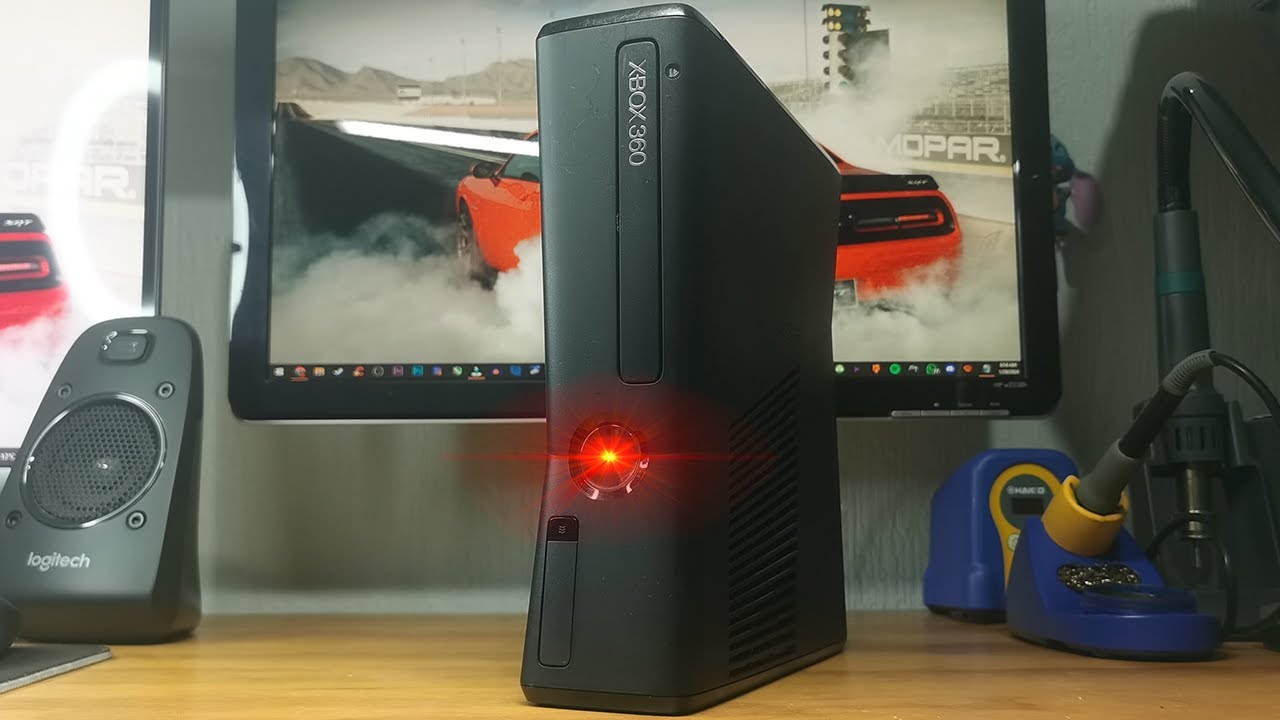I Was Just Threatened to Not Tell Anyone This
Summary
TLDRThis video script serves as a guide to help viewers avoid common automotive repair scams. It covers how to identify when car struts and shocks genuinely need replacement, rather than being persuaded by dishonest mechanics. The narrator demonstrates how to check for worn struts by inspecting the rubber mounts and performing a simple test. They also discuss the importance of not falling for unnecessary brake jobs, front-end alignments, and the myth of 'lifetime' transmission fluids. The script concludes with a demonstration of a new air compressor, emphasizing the importance of using the right tools to avoid causing damage during routine maintenance.
Takeaways
- 🔧 Common car repair scams include overselling of struts and shocks, which don't necessarily need replacement unless severely worn out.
- 🚗 For lightweight cars like the Matrix, original struts can last a long time, and the 2007 model shown still had its original struts.
- 🔩 To check strut health, inspect the rubber mount for rips and wiggles; a simple push test can reveal if the rubber is compromised.
- 📸 A preventative measure against dishonest mechanics is to take pictures of dry struts to compare against any claims of oil leaks.
- 🛠️ Modern cars may not show obvious signs of worn struts like bouncing; instead, look for steering wheel shake at high speeds.
- 🔄 Even wear on tires can indicate that struts are functioning correctly, as uneven wear could suggest strut issues.
- 🧰 Mechanics often overstate the need for brake jobs, but a firm brake pedal and thick brake pads usually mean brakes are fine.
- 🛑 If brakes squeak, it's not always a sign of wear; high-quality, noise-free brake pads like Akebono can be a solution.
- ⚙️ Front end alignments are not always necessary; check for even tire wear and straight driving without pulls to assess the need.
- ⚖️ Use a torque wrench when reattaching wheels to avoid warping rotors or damaging bearings with excessive force.
- 🛑 Contrary to 'lifetime fluid' claims, transmission fluid should be changed every 30-40,000 miles to prevent premature wear.
Q & A
What is a common rip-off in car repairs that the speaker warns about?
-A common rip-off is telling car owners they need new struts or shocks when they may not be necessary, especially if the car is lightweight and the struts have not worn out significantly.
How can you check if your car's strut mounts are in good condition?
-You can check the strut mounts by looking at the top where the mount holds the strut together with bolts onto the car's frame. Ensure the rubber isn't ripped and that there is no excessive wiggling when pushing up and down.
What is a simple test to check the condition of struts from the bottom of the car?
-A simple test is to use a jack to lift the car and observe if the strut mounts are falling down, which would indicate they are broken.
Why does the speaker not replace the dust shield despite it being ripped for over six years?
-The speaker does not replace the dust shield because it requires taking the entire assembly off, which is not worth doing for something as minor as a dust shield that doesn't significantly affect the strut's performance.
What is the speaker's advice on dealing with mechanics who claim struts are leaking oil?
-The speaker advises taking a picture of the dry struts before going to a garage. If the mechanic shows wet struts claiming they are leaking, they may have sprayed oil on them, indicating dishonesty.
How can you perform a dynamic test to check if your car needs new struts?
-Perform a dynamic test by driving the car, especially at higher speeds, and noticing if the steering wheel shakes or rattles when hitting bumps. If it does, the struts might be worn out.
What is a sign that your tires may be unevenly worn, possibly indicating a strut issue?
-If the tires are worn unevenly, with one side or the other cuffed, it could mean the struts are wearing out.
Why does the speaker suggest not being sold on the idea that you need brake jobs frequently?
-The speaker suggests that brake jobs are often not needed as frequently as suggested. If the brake pedal is hard, the car doesn't shake at high speeds when braking, and the brake pads are still thick, they likely do not need replacement.
What is the speaker's opinion on the need for frequent front-end alignments?
-The speaker believes front-end alignments are not often necessary unless there is uneven tire wear or the car pulls to one side while driving. They argue that many mechanics will try to sell unnecessary alignments.
Why does the speaker recommend changing transmission fluid even if it's labeled as 'lifetime'?
-The speaker recommends changing transmission fluid because, despite being labeled as 'lifetime,' it can still get dirty and cause wear. They suggest doing so every 30,000 to 40,000 miles to extend the transmission's life beyond the typical warranty period.
Outlines

This section is available to paid users only. Please upgrade to access this part.
Upgrade NowMindmap

This section is available to paid users only. Please upgrade to access this part.
Upgrade NowKeywords

This section is available to paid users only. Please upgrade to access this part.
Upgrade NowHighlights

This section is available to paid users only. Please upgrade to access this part.
Upgrade NowTranscripts

This section is available to paid users only. Please upgrade to access this part.
Upgrade NowBrowse More Related Video

LA ESTAFA MÁS COMÚN REALIZADA A LOS TÉCNICOS DE COMPUTADORAS, VIDEOJUEGOS O CELULARES 😦

Avoid These Tourist Scams in Italy! 🚫🇮🇹

Tourist Scams in Turkey & How to Avoid Them

10 Signs Someone Is Extremely Envious or Jealous of You

SCAMMERS EXPOSED!!! PUNCHMADE DEV, JETTBALLOUT

Top 9 most HARMFUL habits that keep you ANXIOUS
5.0 / 5 (0 votes)